Monsoons and the Maratha trail of Lonavala
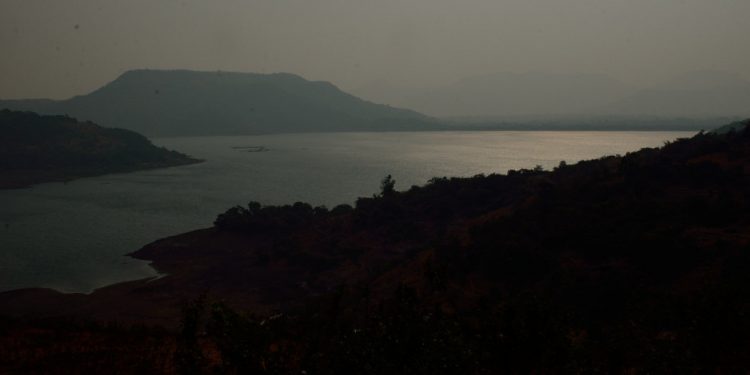
As the cold breeze caresses my cheek and the mist unveils the landscape around me, Lonavala in the monsoon looks straight out of a dream. From stunning views to hill forts, gushing waterfalls to overflowing lakes, ancient lakes to old temples, there are several places to see in Lonavala. it seems straight out of Bollywood’s playground like its twin, Khandala. The rocky cliffs beckon many an adventure traveler while I camp under the stars. The forts near Lonavala take you on a Maratha trail. Old hotels and bungalows tell me ghost stories. I gaze at the valleys below, munching corn pakodas as the rocks take the form of a thumb or a snake’s hood. The locals swear that tigers used to roam around here at one time . As I drive through the forests, sipping chai and munching into vada pavs, I chat with people who tell me several tales. Even the famous “Lonavala chikki” they say, had its origins in a little hut.
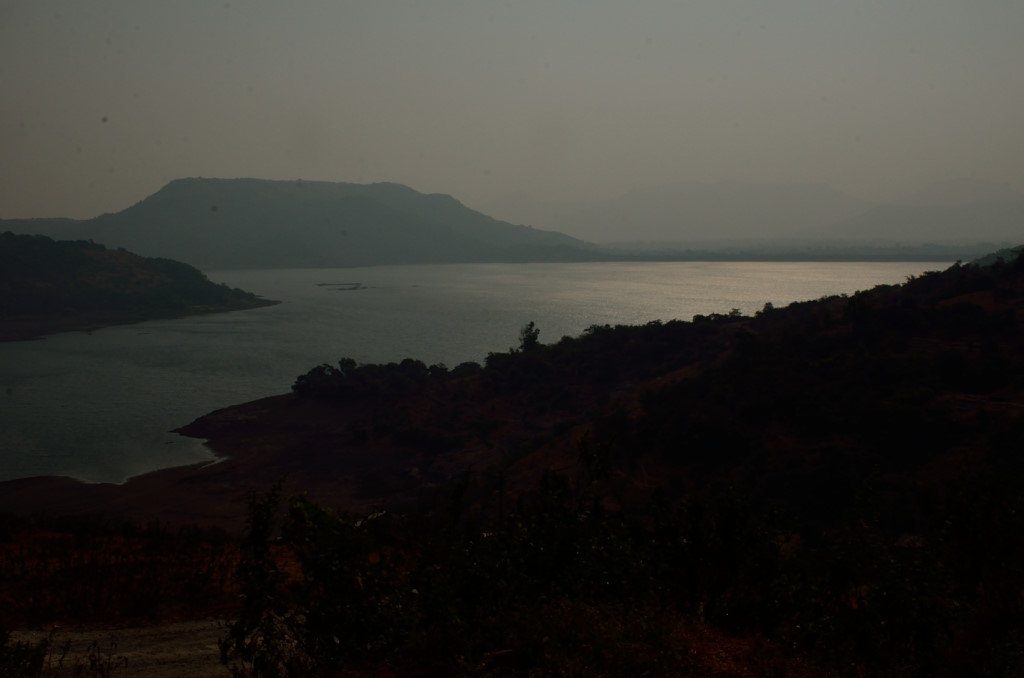
But my favourite is a folk lore about how the British built a road through the mountains with the help of a local. Driving down the old Mumbai – Pune Highway, I find a nondescript temple at the bend of the road where vehicles slowly stop and leave a coin or two in front of a deity. Although some say the deity is either Shiva or Hanuman, the shrine is called Shingroba Temple. According to the locals, he is a cattle herd who lived here centuries ago. The temple may not be in the usual list of tourist places to see in Lonavala but I go looking for it.
The British who discovered Lonavala and Khandala had also built roads and railway tracks connecting the hill stations to Mumbai and Pune. But the story goes that the British needed the help of the locals to chart out routes, especially in the dense forests carpeting the mountains. They took the help of a local Dangar or a shepherd called Shingroba who showed them the way. Locals however believe that Shingroba was eventually killed by the British. A temple however stands in the old highway as a tribute to the martyr who showed a path to the British through these mountains. Standing there in the forest, the rains come down as Lonavala in the monsoon looks like a lost beauty in the wild.
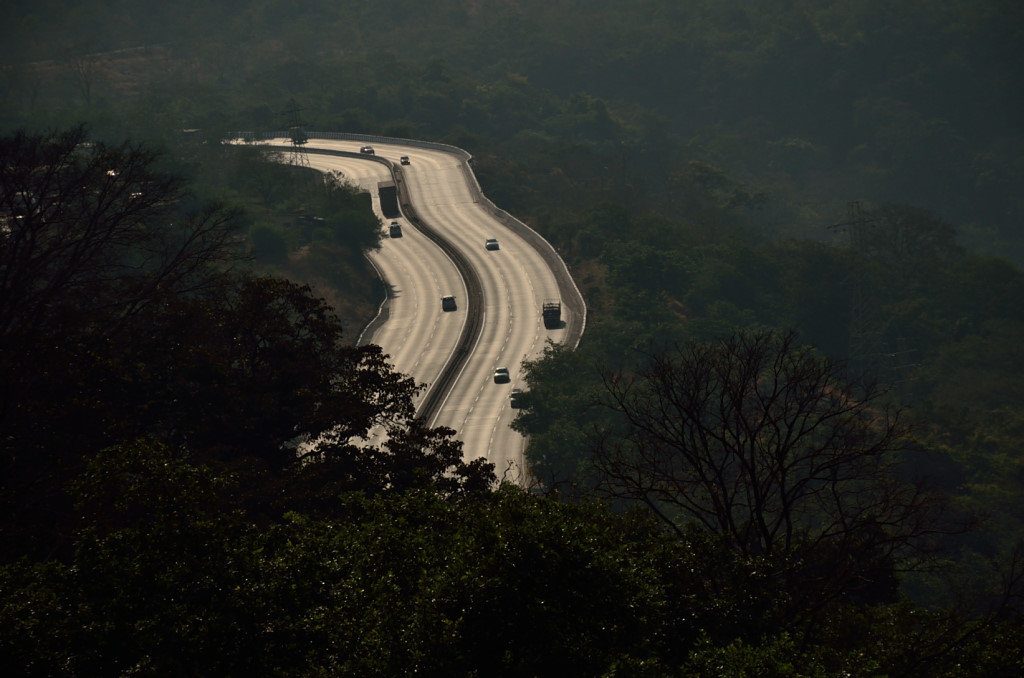
The origins of this hill station that is perched in the Sahyadri Mountains or the Western Ghats take you back centuries in time. A magic carpet transports you to the first century when mountains were carved into carved into caves that became resting places for Buddhist monks. Hence the name Lonavali, referring to a series or “avali” of “len” or resting places in stone. There are three ancient caves here – Karla Bhaja Caves and Bedse Caves and each of them is a complex of several caves with stupas and monasteries carved inside them. These caves should definitely be in your list of places to see in Lonavala besides the forts of Lonavala. Historically the Yadavas held sway over it before the Malva warriors of the Marathas made it their turf. Eventually it became a haunt of the British who used it as their hunting grounds pun intended.
Driving around Lonavala, you realize that every hillock in Lonavala is dotted by a fort and every fort tells you stories of Maratha pride and valour. Besides Shivaji Maharaj, the courage of his army commanders is stuff of folk lore. One of the stories refer to how one soldier captured all six forts in and around Lonavala overnight for his king. The legend may or may not be true but you could get a history class at 3000 feet above sea level if you attempt to scale the hill forts of Lonavala.
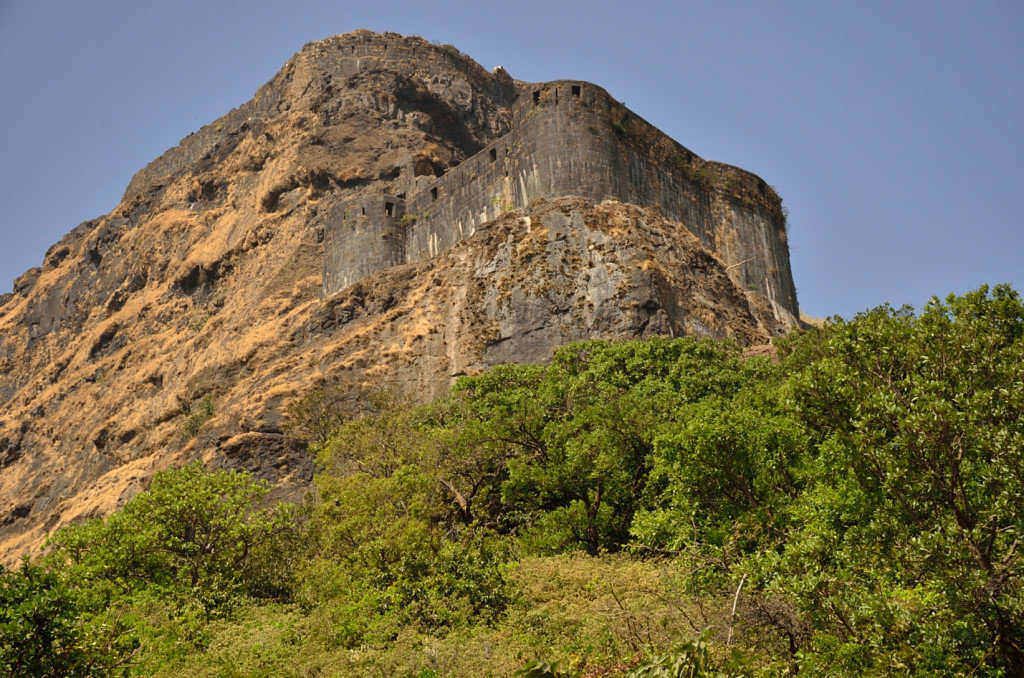
Nestled up in the Sahyadris are Lohagad and Visapur, the twin forts that oversee each other, one of the places to see in Lonavala. While Lohagad was an old fort that was captured by Shivaji from Adil Shah, Visapur was built much later by the first Peshwa, Balaji Vishwanath. You can go on a treasure hunt at Lohagad where Shivaji’s loot after plundering the Mughals at Surat was apparently hidden. However Visapur lying in ruins has a well which according to locals was built by the Pandavas. Both the forts were eventually conquered by the British.
Speaking to the guides I realize that Shivaji Maharaj’s legends of courage are not just folk lore here. His daring escapades have been sung far and wide and one of them is the ingenious way in which he tricked Aurangazeb and escaped from Agra, where he was imprisoned, in the guise of a fakir or a saint.
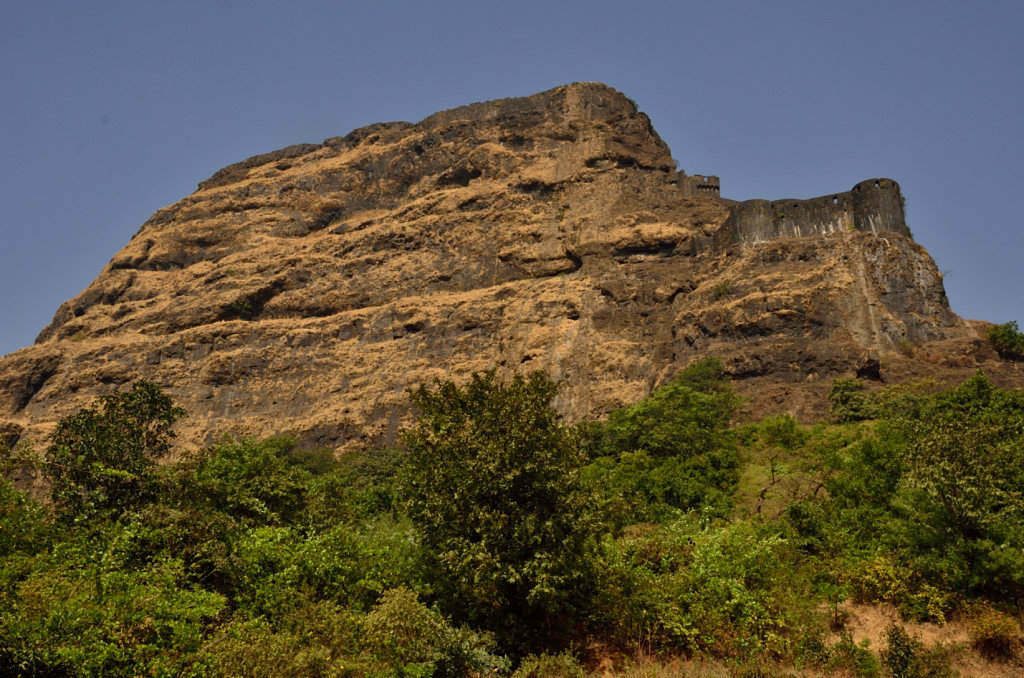
One of the first forts he recaptured from the Mughal king after his escape was Lohagad or the Iron Fort. Ironically, he had conquered it as a mere teenager, only to surrender it along with 22 other citadels to Aurangazeb as a part of the treaty. When Shivaji escaped, he attacked and plundered the Mughal army at Surat and all the loot from his wars was hidden in Lohagad, which stands formidable at 3500 feet above sea level.
Located atop a hill at Lohagadwadi village, the fort was under different dynasties before the Marathas such as Satavahanas, Rashtrakutas and Yadavas among others. You can trek all the way up here and get a history class tinged with fascinating tales. There are four gates here, water tanks and granaries. Rugged cliffs look upon you as you see a twin fort, Visapur facing you. However what is really fascinating is the extreme end of the fort which is formed like a tail of a scorpion, giving it the name Vinchu Kata or Scorpion Sting.

There are several forts of Lonavala that speak of Maratha pride. If you love trekking, then Rajmachi Fort with its twin citadels – Shivranjan and Manoranjan await you. The jungles surround you as you head on a six hour hike from Tungarli Lake. There are also camps that can be set up for those who want to get a bit adventurous.
I however decide to drive and that too, through the forest. Needless to say, my driver and I are the only people on the road, if you can call the bumpy mud path filled with rocks, a road. But the journey becomes the destination for the route to Rajmachi Fort is as fascinating as the hill fort itself. The roads are virtually non-existent but the landscape changes from a dense jungle to grasslands to a rocky terrain.
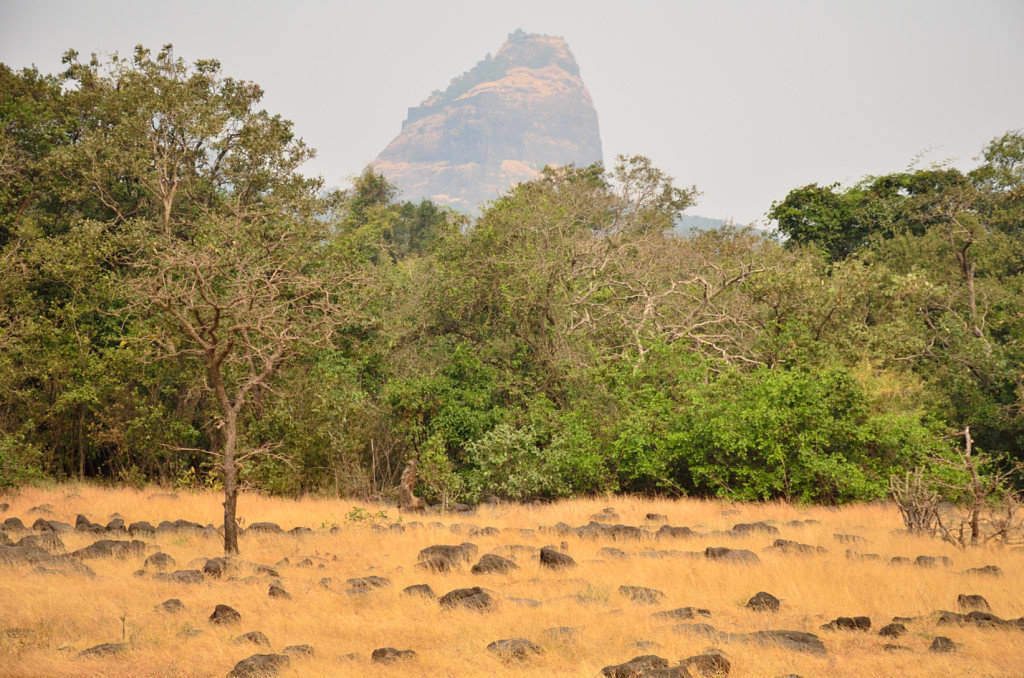
There are two forts in Rajmachi – Shrivardhan and Manaranjan built atop and they were probably watchtowers overlooking the entire landscape. Originally captured by Shivaji Maharaj from the Adil Shah of Bijapur in the 17th century, it exchanged various hands including Mughals until the British eventually conquered it. There is a canon placed in front of the Kala Bhairav temple in the citadels.
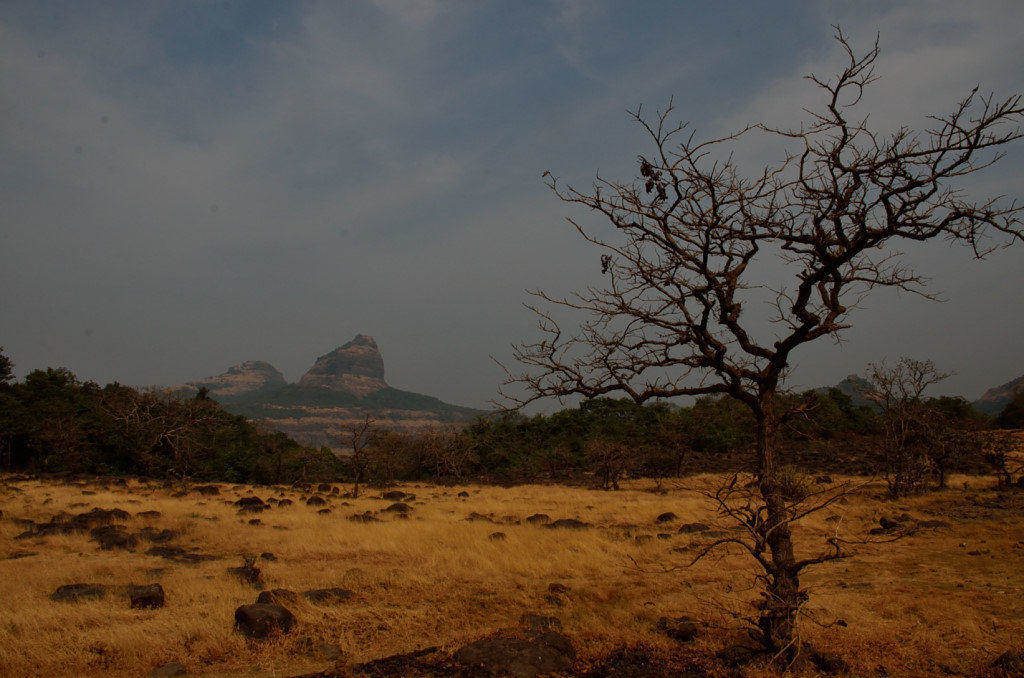
But the base village, Udhewadi is a story by itself. Charming houses powered with solar lamps, chat with the villagers over a cup of tea. There is a basic accommodation available for campers as well.
But if you wander around the small village, you chance upon the idyllic lake and a small temple, which has been excavated recently. Stories say that the pillared shrine is a part of an ancient Shiva temple and the Nandi here has water dripping through its mouth continuously. The silence is overwhelming as you wonder how many more temples and monuments are buried under the sands here.
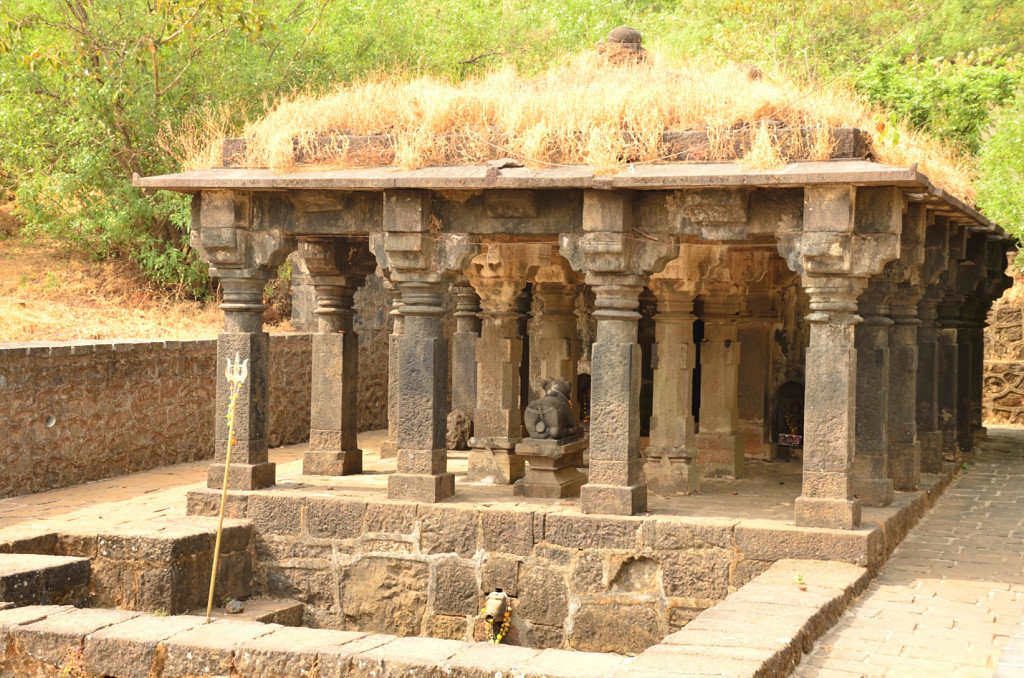
My next destination is the ethereal Pawana Lake, which is another among the places to see in Lonavala, from where you can see three of the most beautiful forts of Lonavala. Tikona, the triangular fort is a favourite with seven water tanks and caves besides a temple dedicated to Trimbakeshwar Mahadev. The conical hill fort also referred to as Vitandgad is near Kamshet and is one of the most popular citadels for trekkers. There is also ruins of an old vihara here.
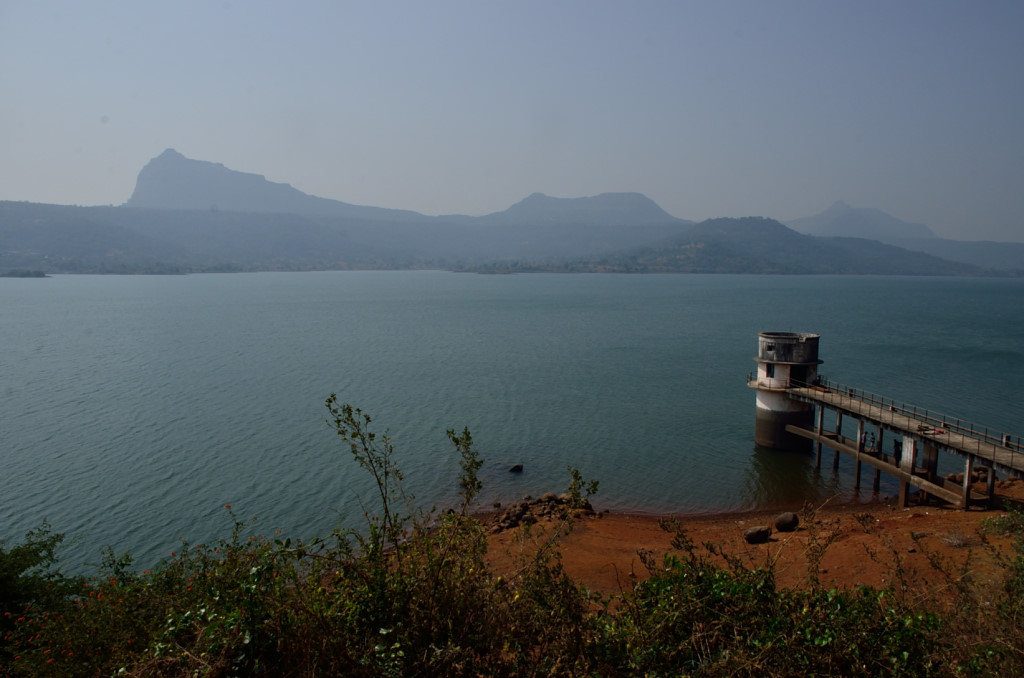
The forts of Korigad, with its six canons and Tung with its ruins also beckon you. Located in the village of Tungi or Tungwadi, the fortress atop the hill here is called Tung and was also called Kathingad or “difficult” fort. Perhaps it was difficult to conquer the citadel as it is rather steep. From Pawana Dam, you can even reach the base village by ferry. Built in the 17th century by Adil Shah Dynasty, it was later captured by Shivaji Maharaj and it served as a watch-tower.
Located around 20 kms from Lonavala in the direction of Aamby Valley, Korigad Fort adds to the list of fortresses conquered by Shivaji Maharaj. Later on, the British managed to control it after a very long siege. There is a temple to the patron Goddess Koraidevi built here. Several ruins are scattered around here. The fort is misty and beautiful during the monsoons but it gets very slippery to trek up here.
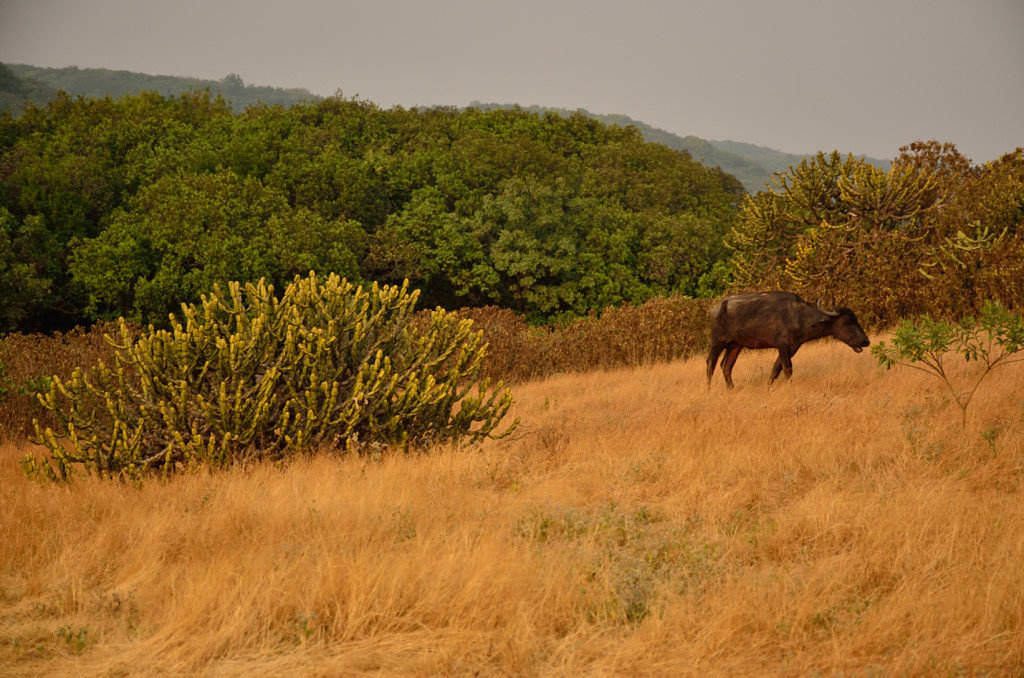
I am back at Pawana Dam where I can see the three forts covered in mist. Surrounded by formidable forts, tales of valour and courage echo from the walls. As I sip ginger tea and bite into vada pav, I see realize that Lonavala is more than just a hill station. A melange of cultures, you can experience the fusion of Maratha pride and the colonial legacy besides heading on an ancient Buddhist trail here and lose yourself in the many legends here.
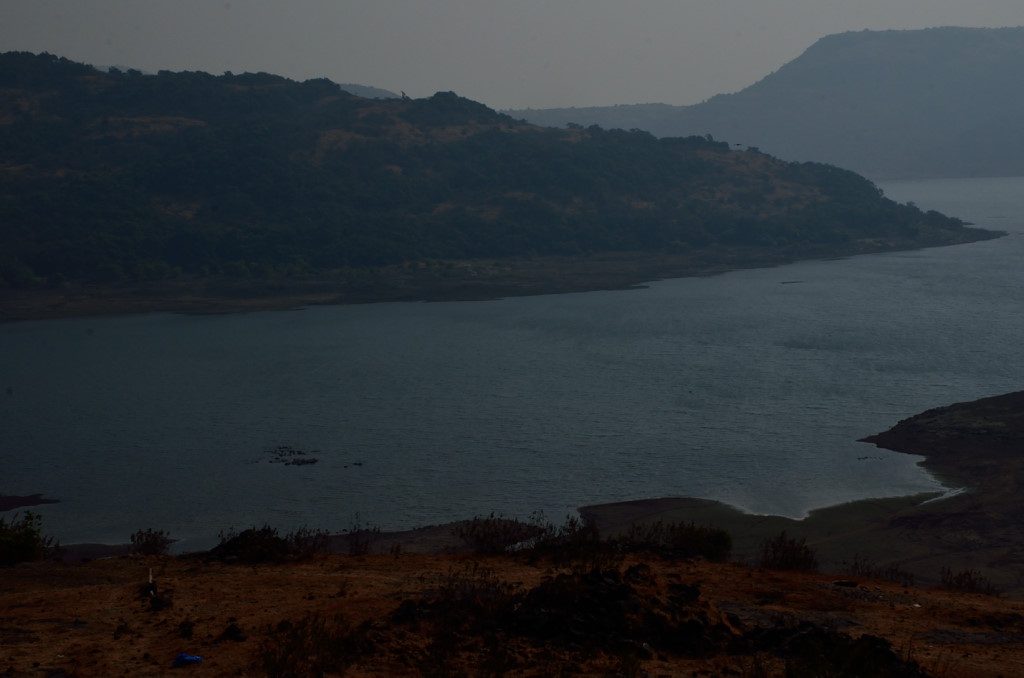
Other places to see in Lonavala include dams and lakes like Tungarli, Valvan and Bhushi, temples like Durga Parmeshwari and Ekvira shrines besides scenic views like Lion Point, Tiger Point, Duke’s Nose, Amrutanjan Point, Monkey Point, Sunset Point among others. I end the day biting into delicious fudge and purchasing boxes of the famous Lonavala chikki before heading back to Mumbai while the rain clouds give me company. Lonavala in monsoon is a destination by itself.
More stories on Lonavala
Places to see in Lonavala in the monsoons
The story behind Lonavala chikki and a foodie’s trail on where to eat in Lonavala

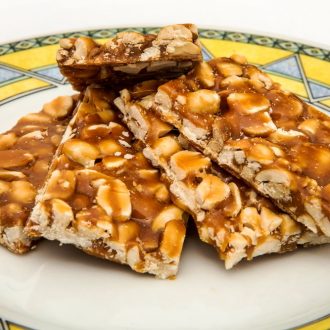

I am looking for some good blog sites for studying. I was searching over search engines and found your blog site. Well, i like your high-quality blog site design plus your posting abilities. Keep doing it.
Beautiful Places